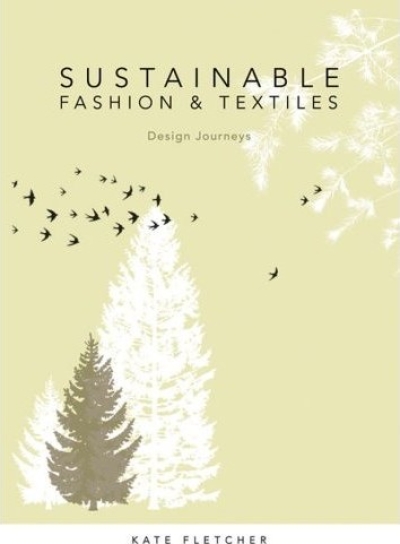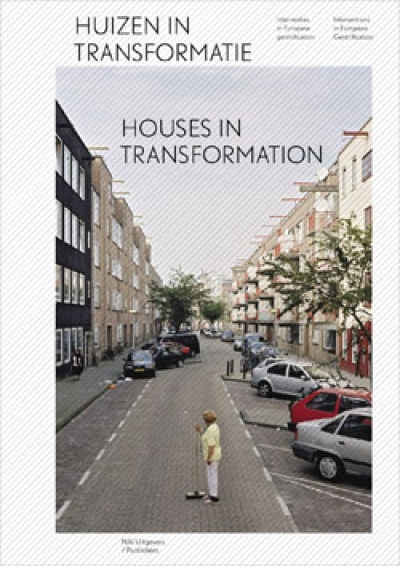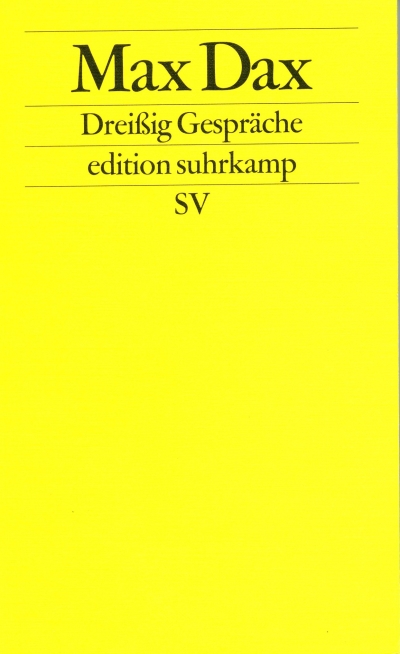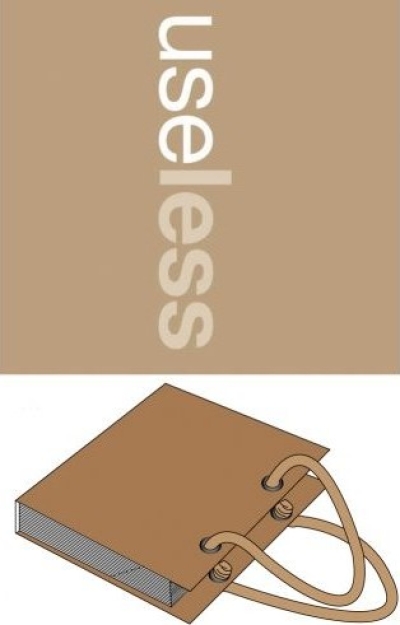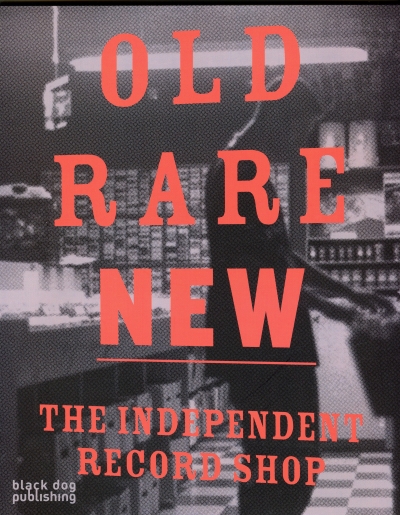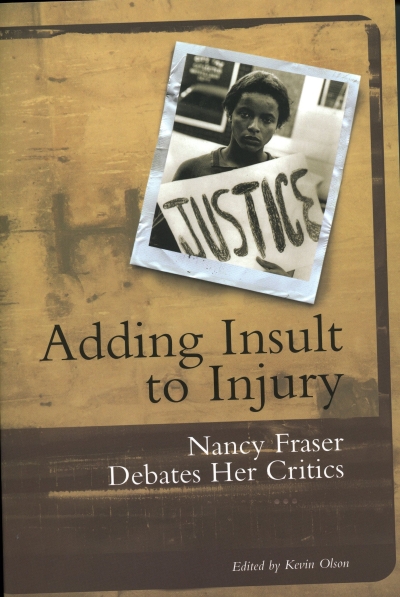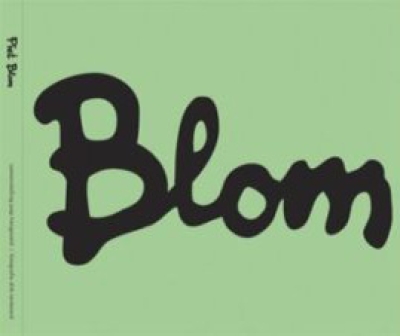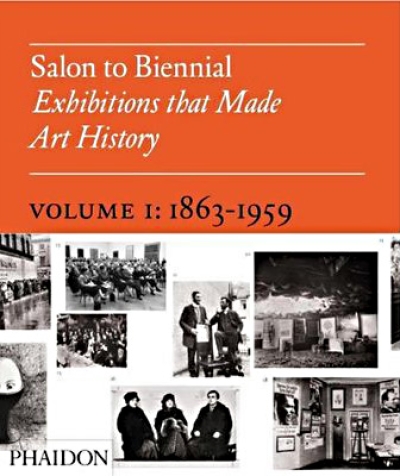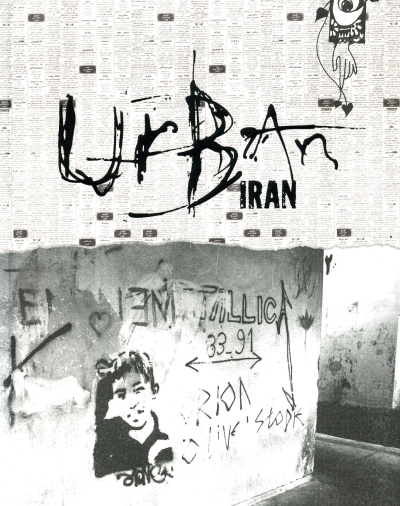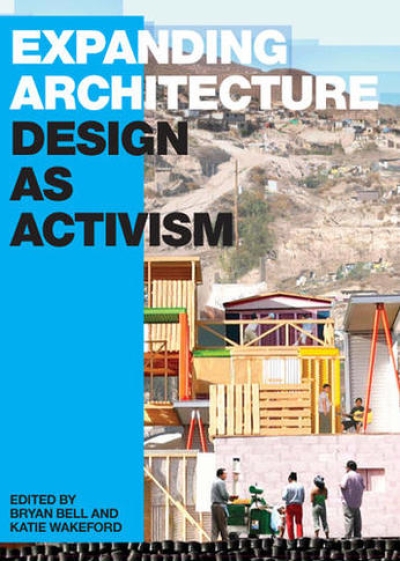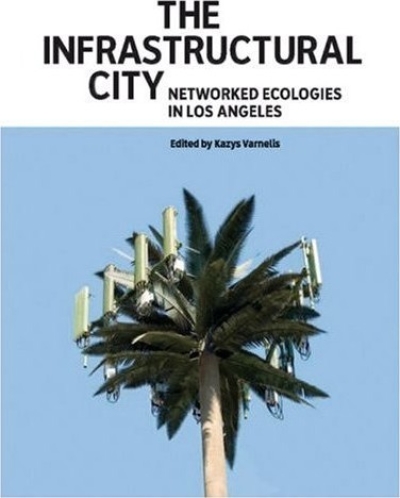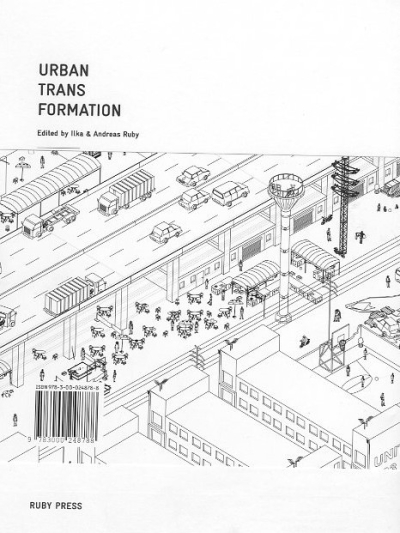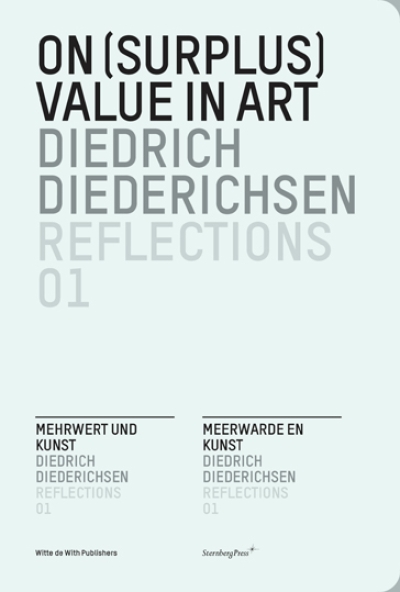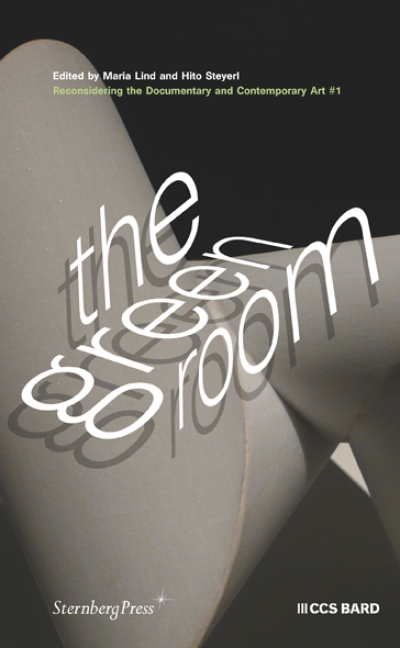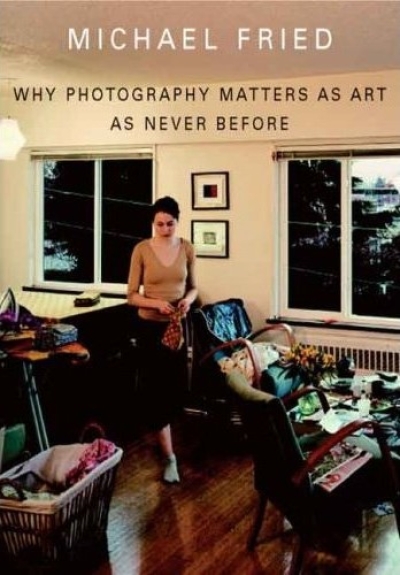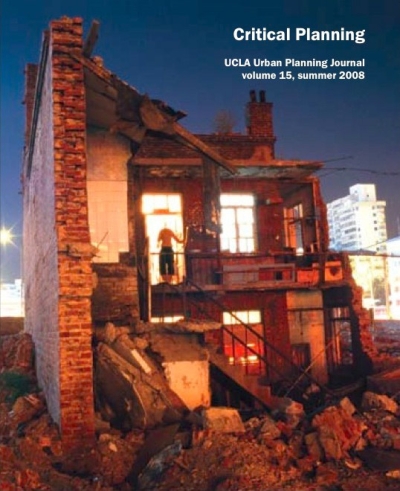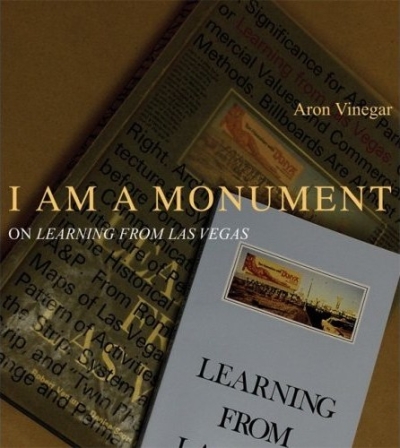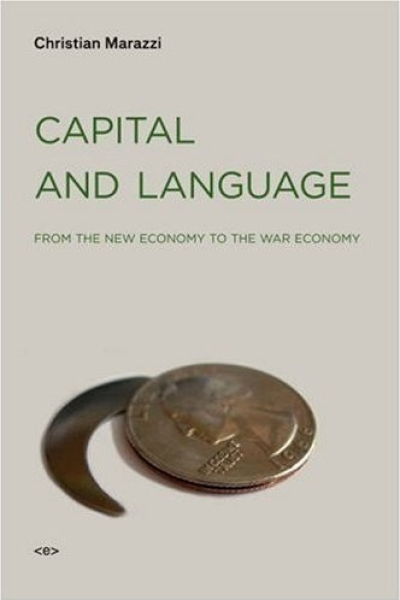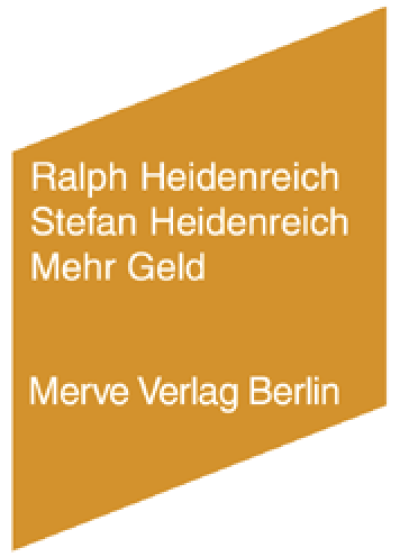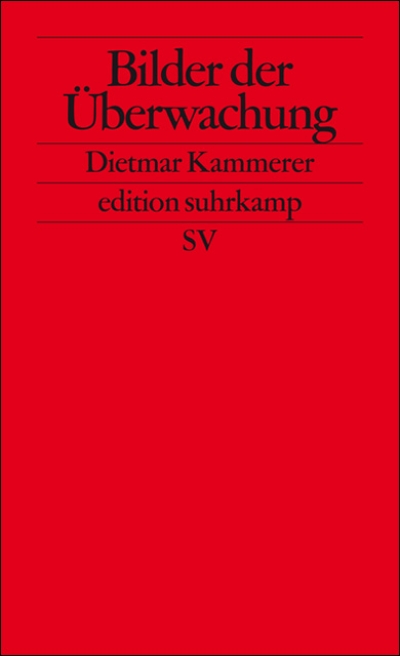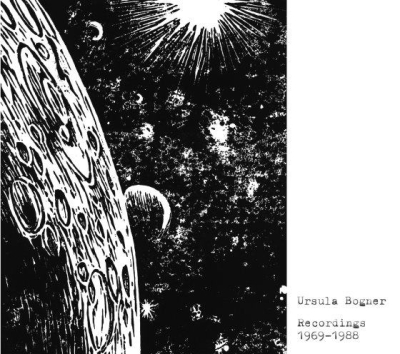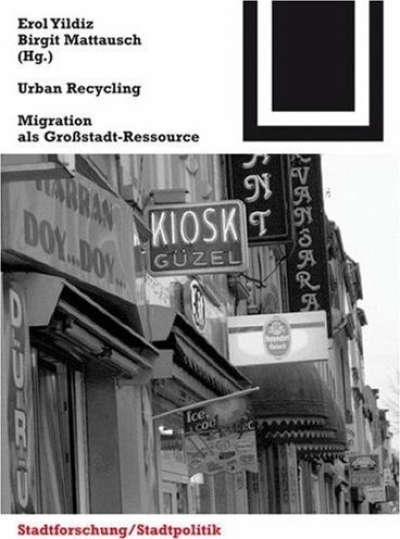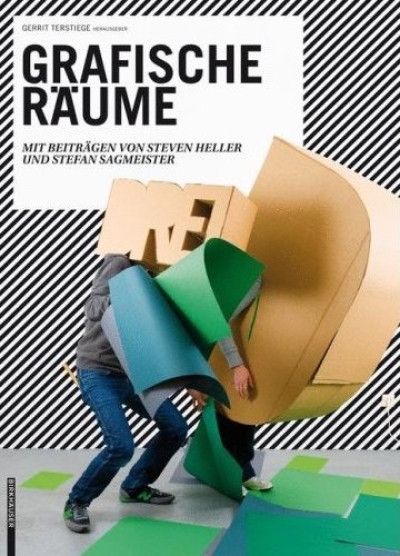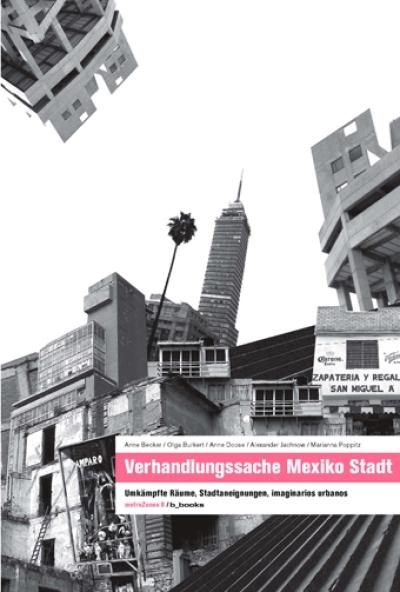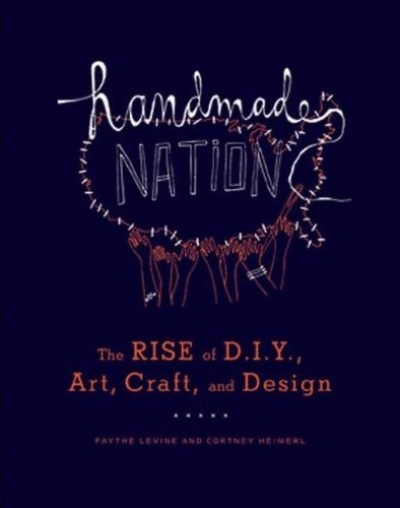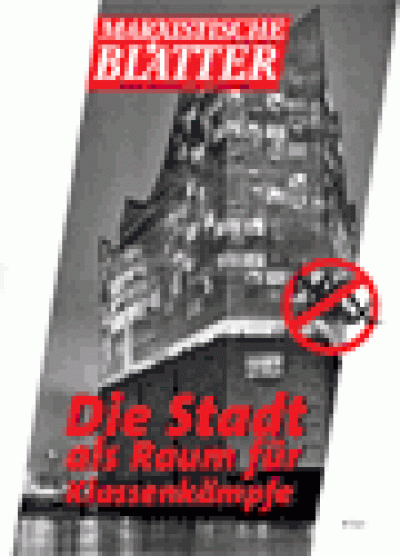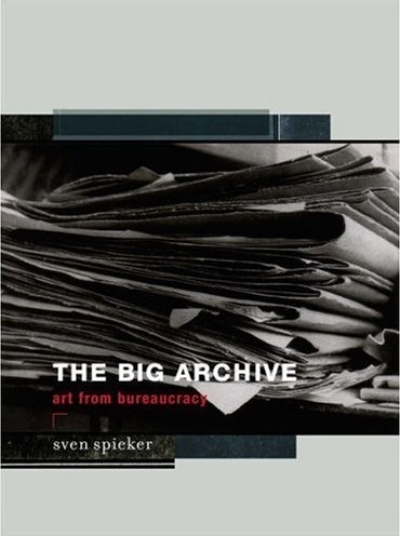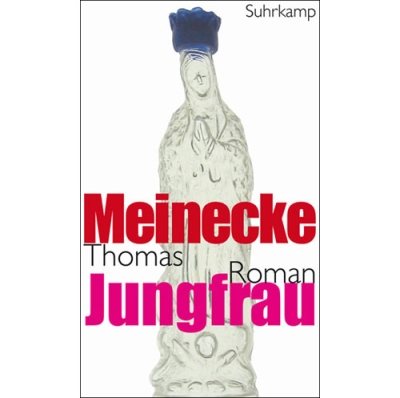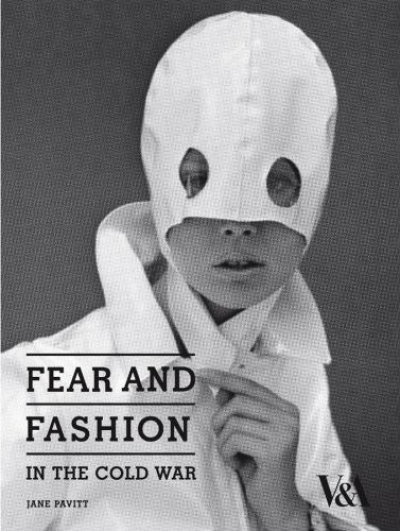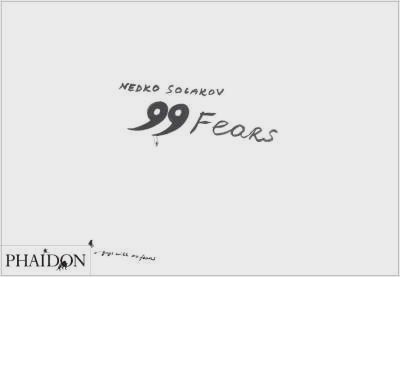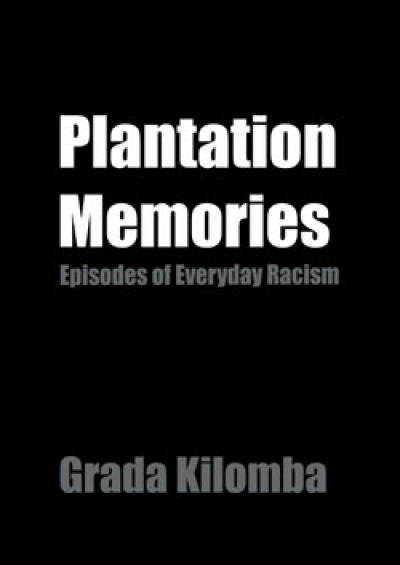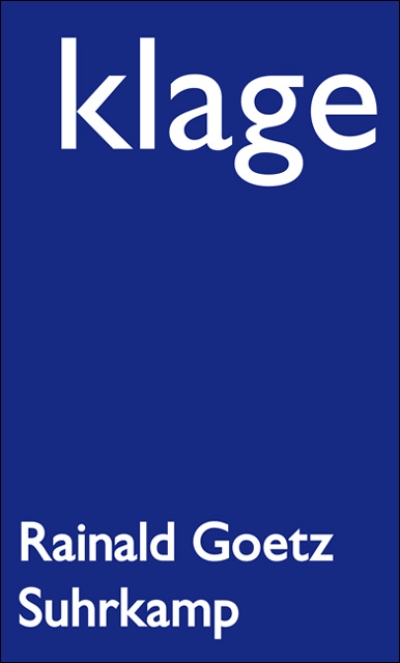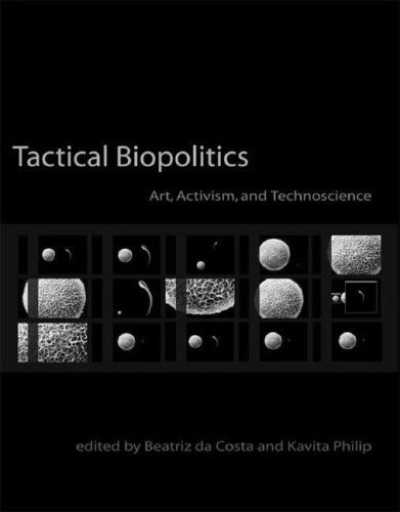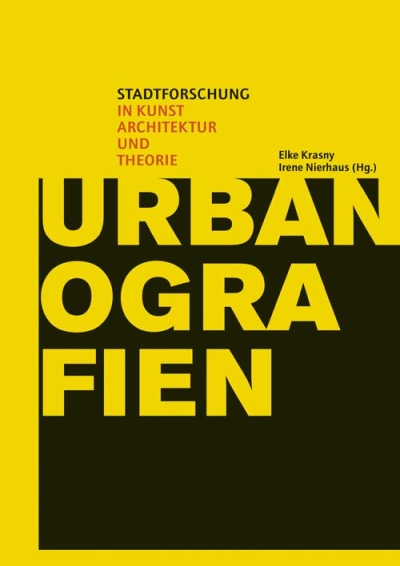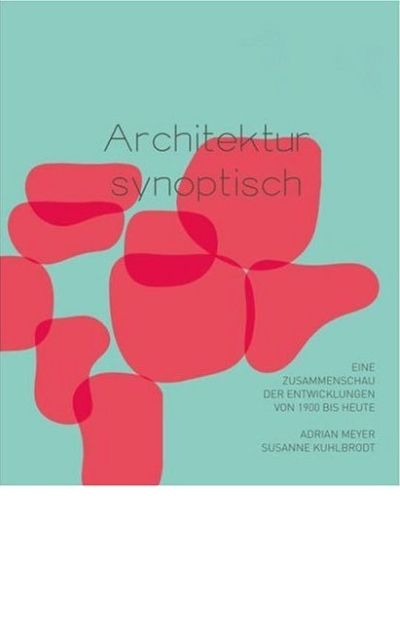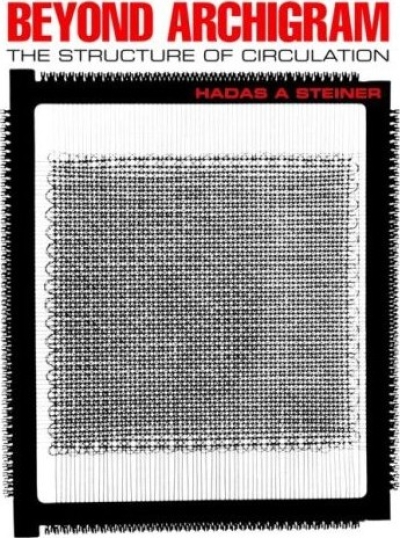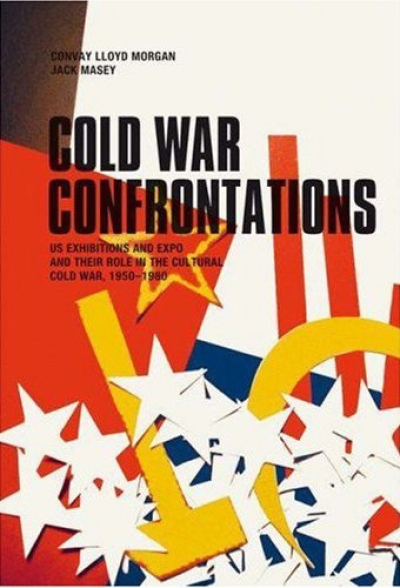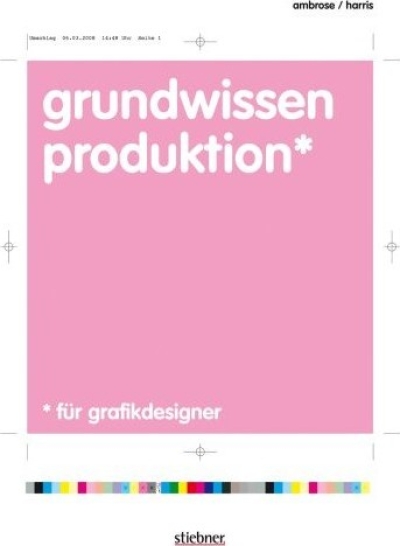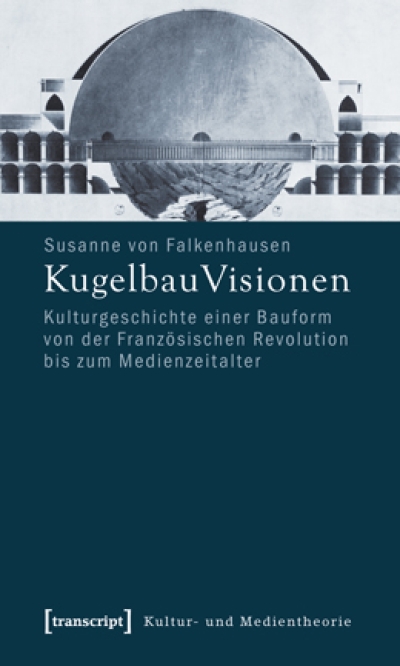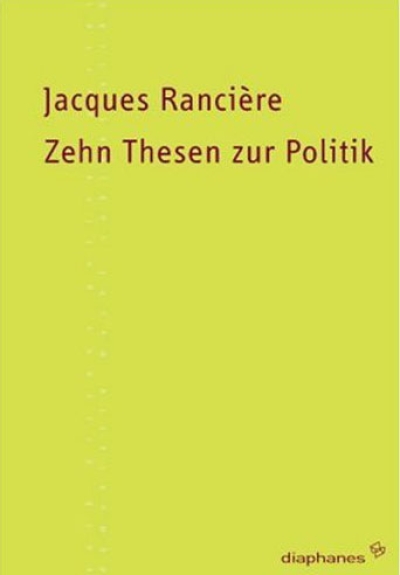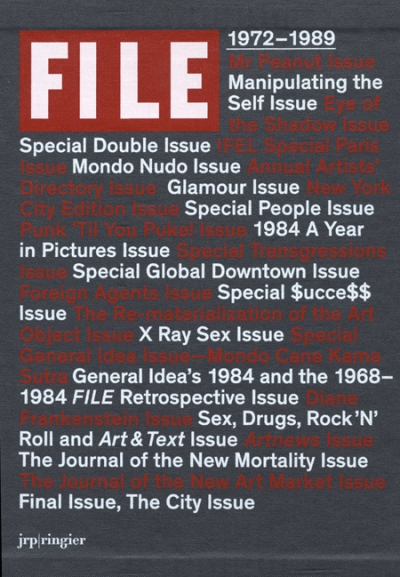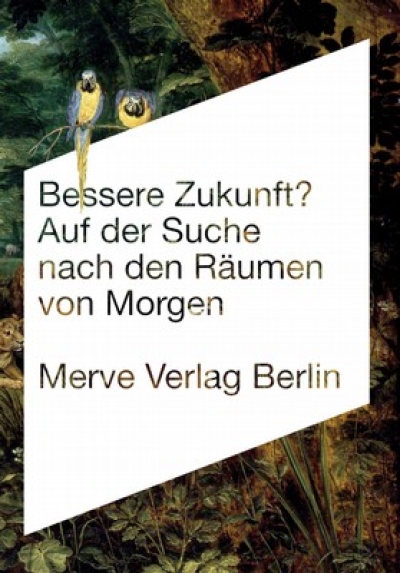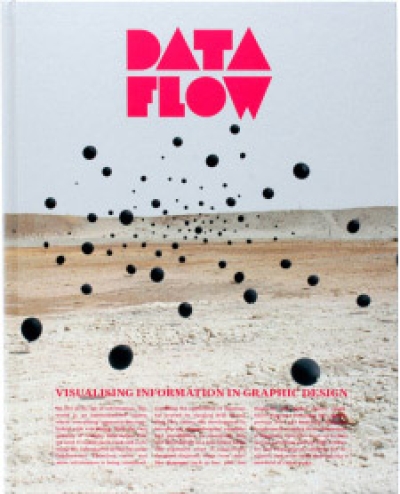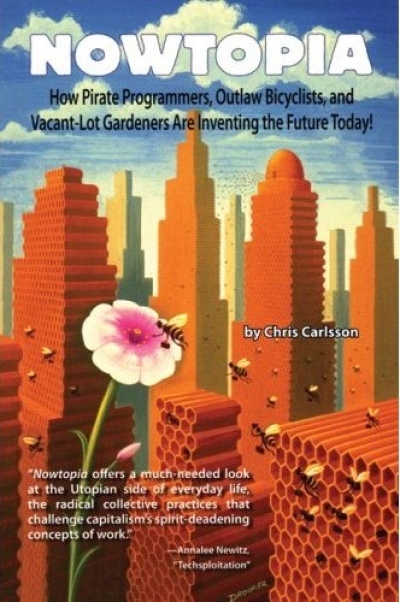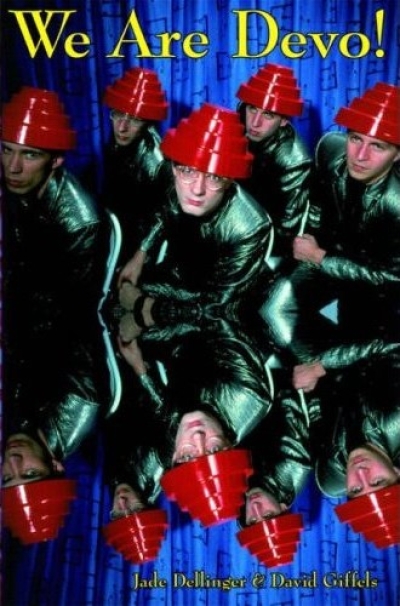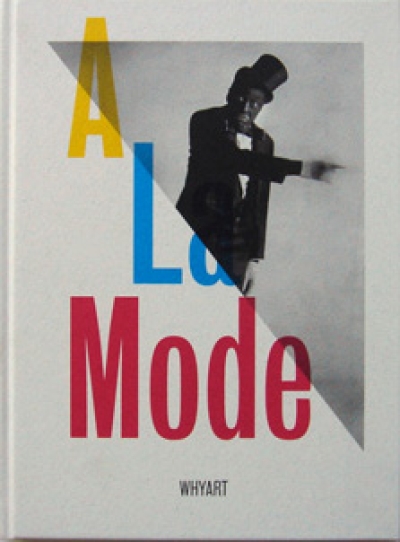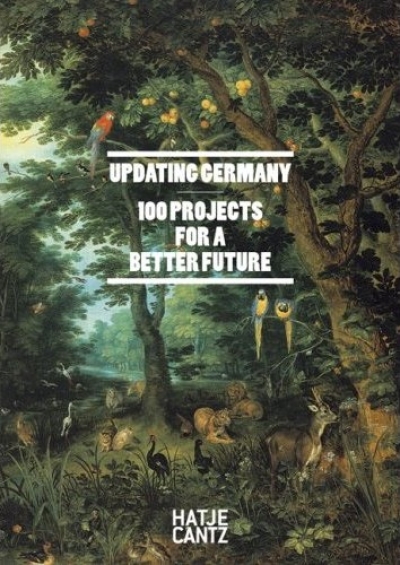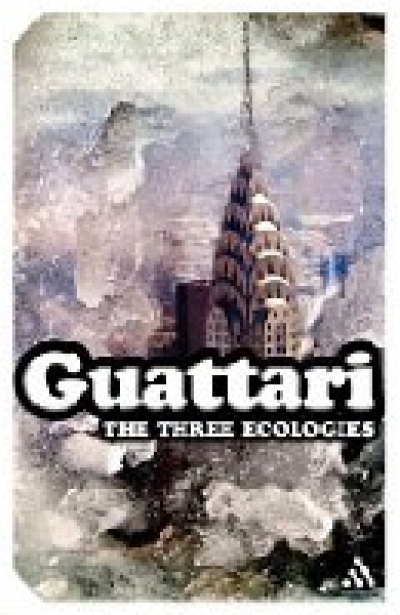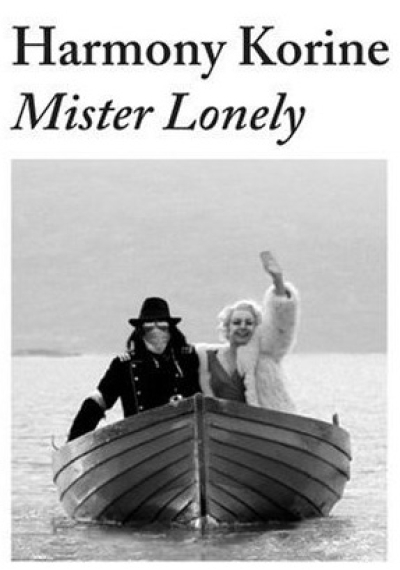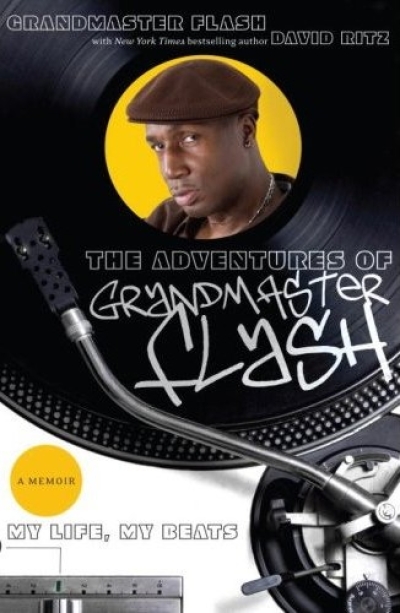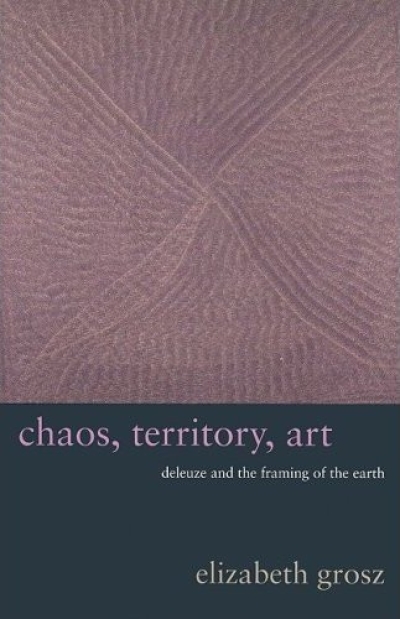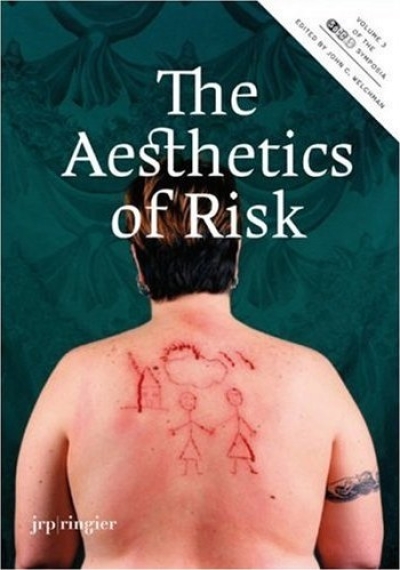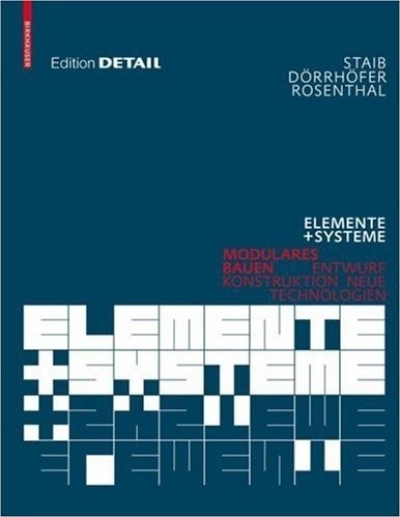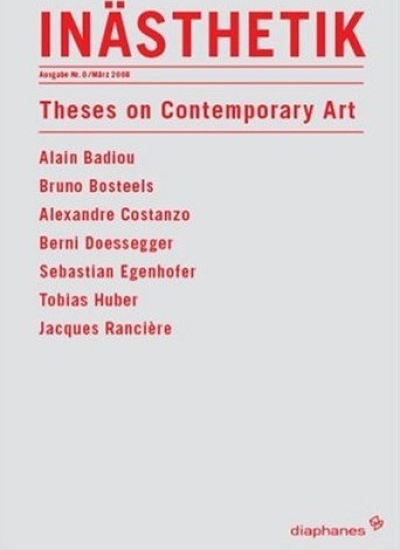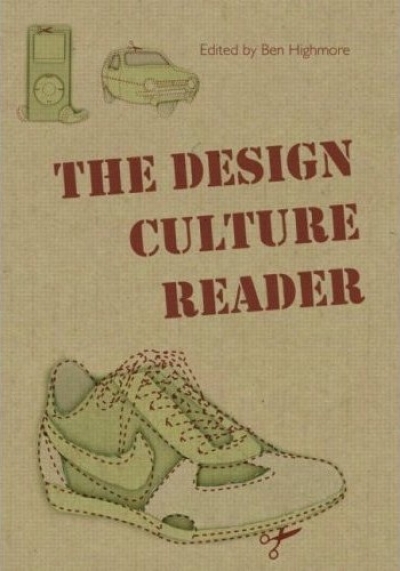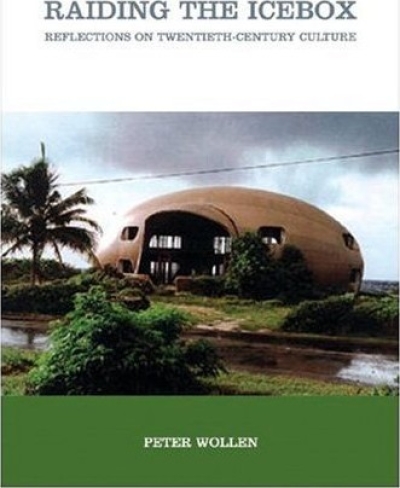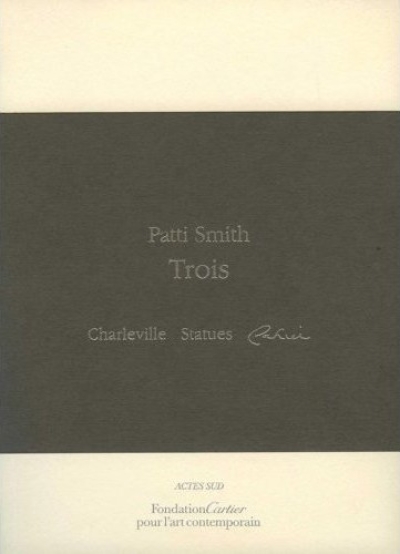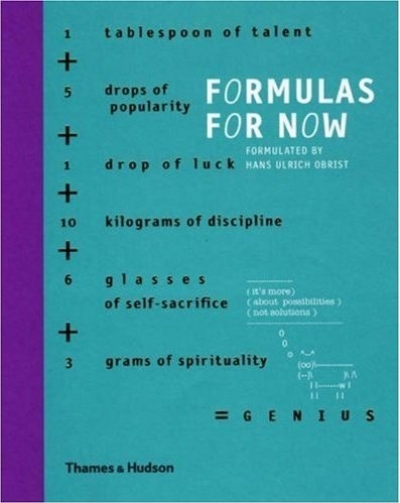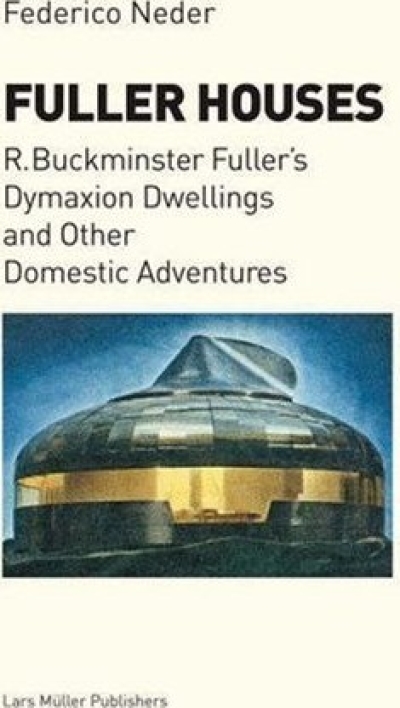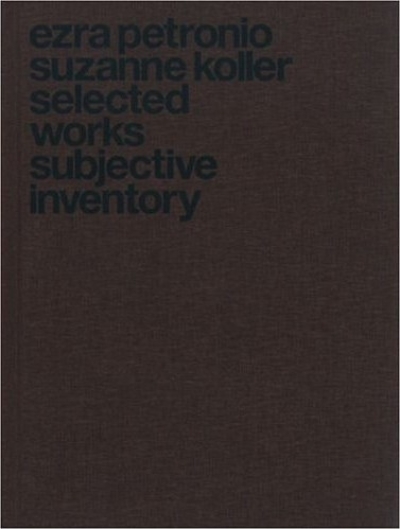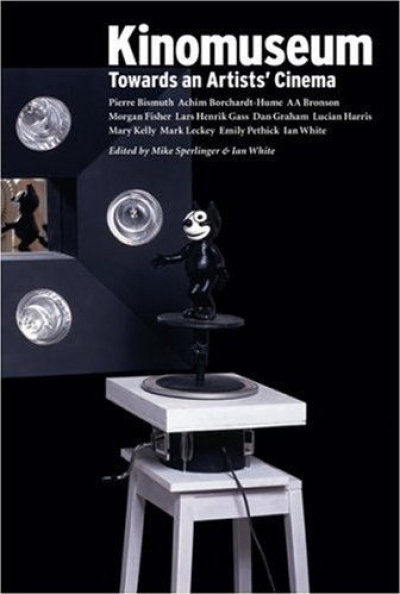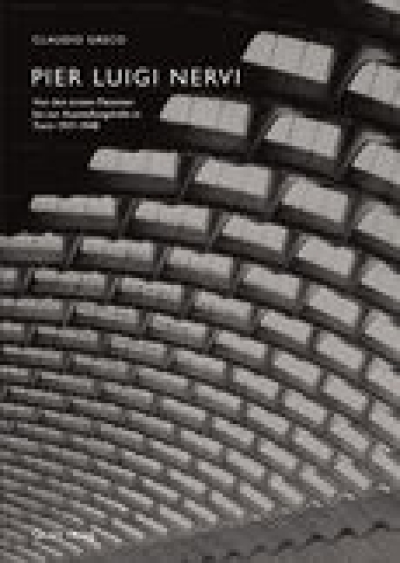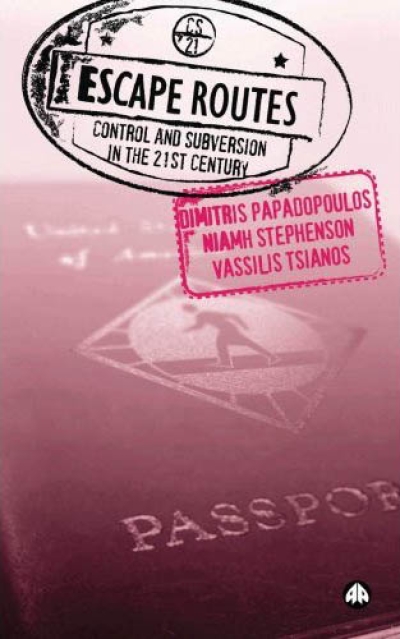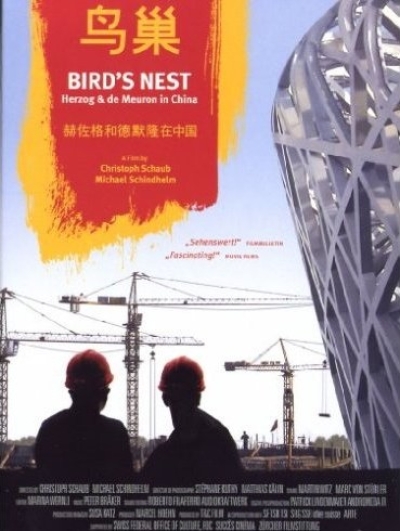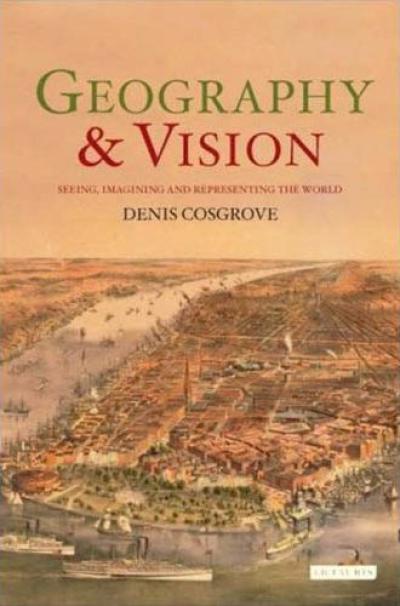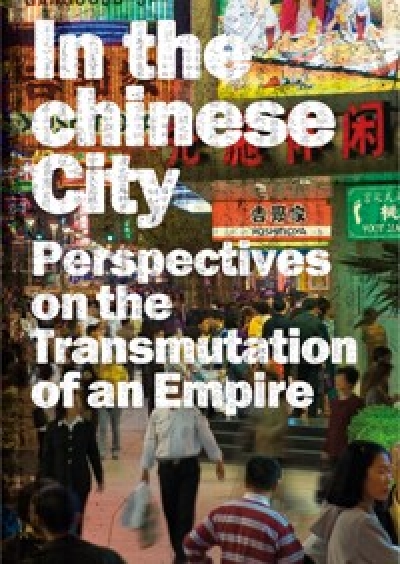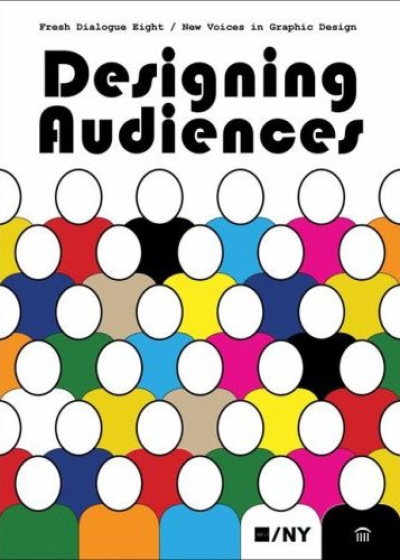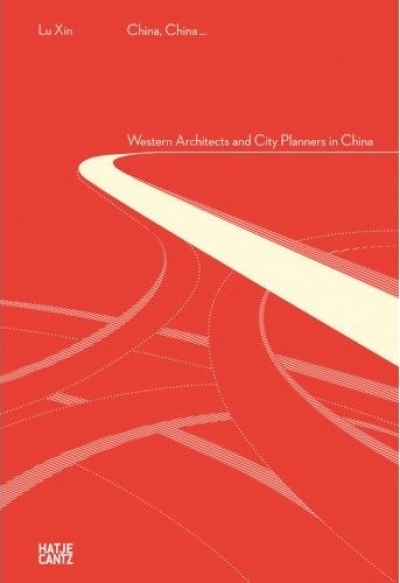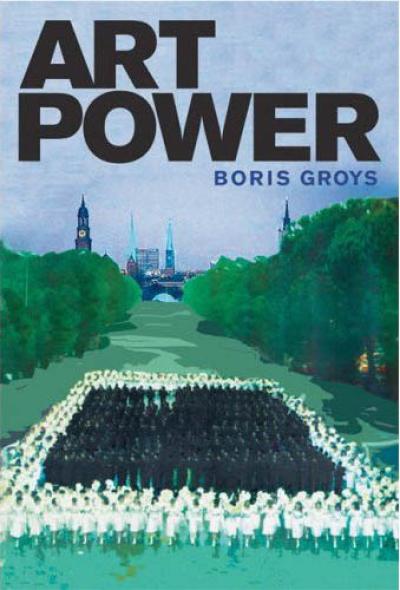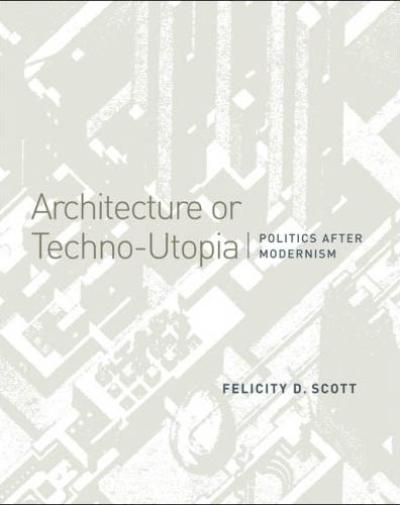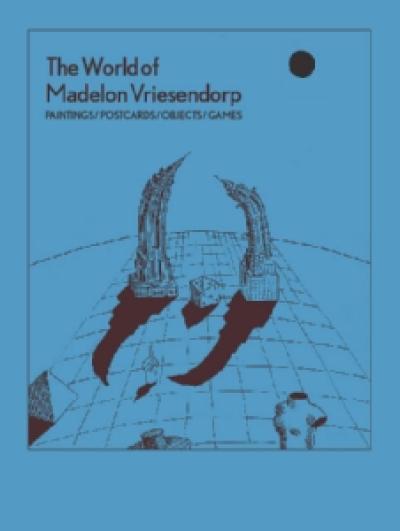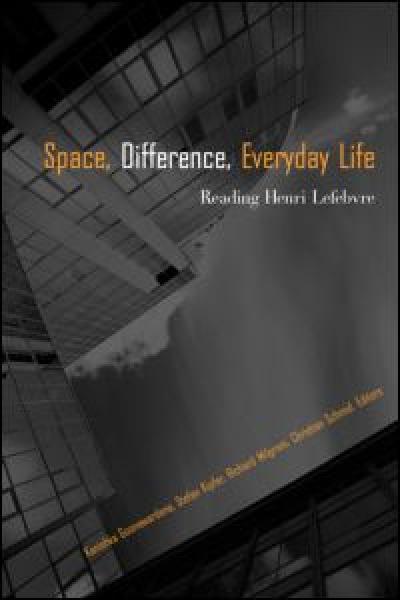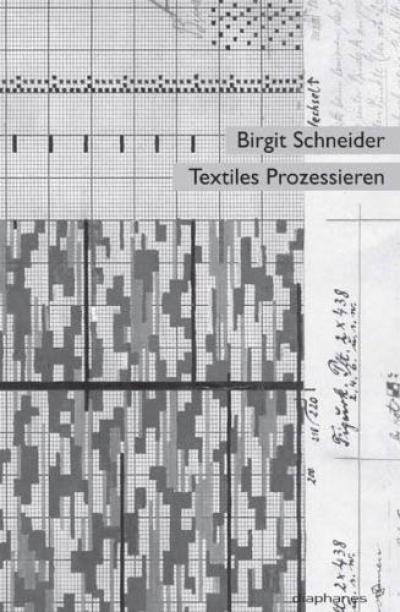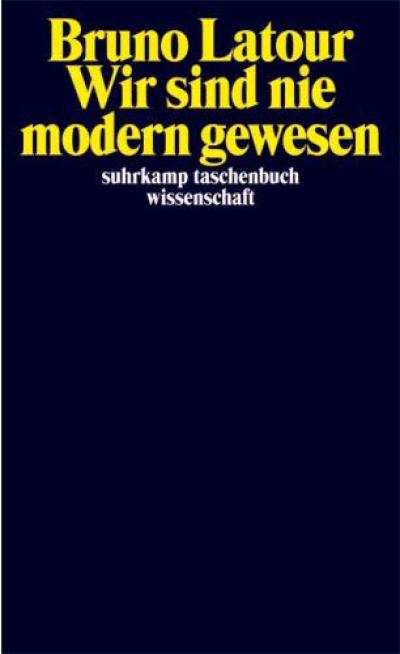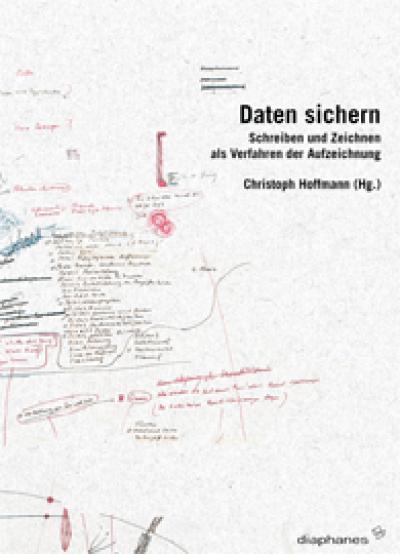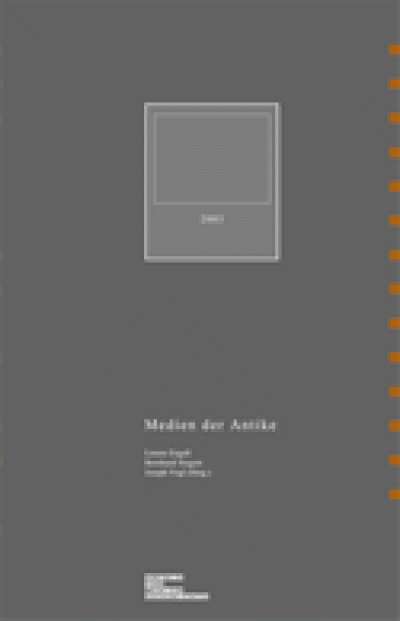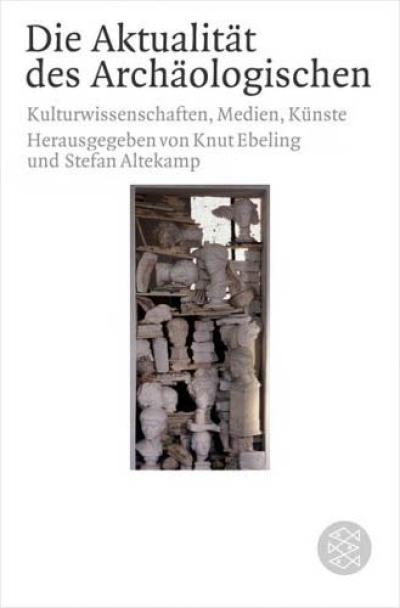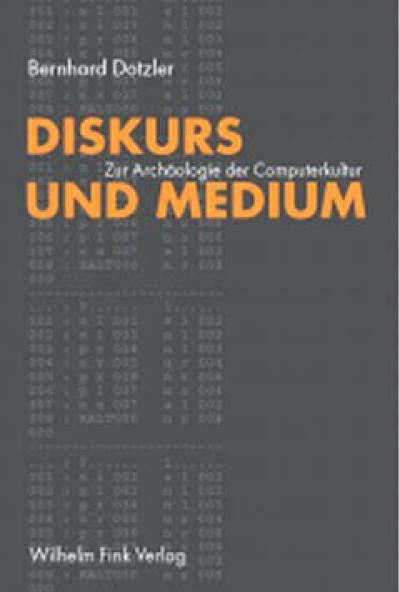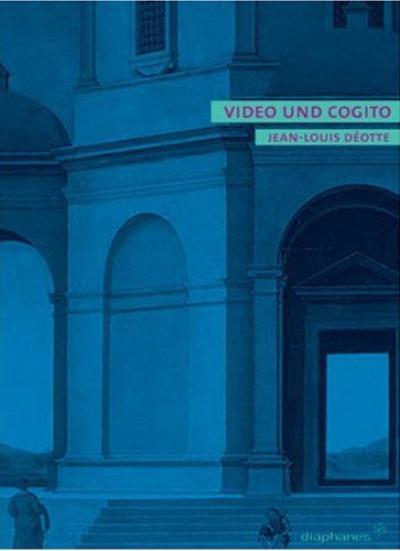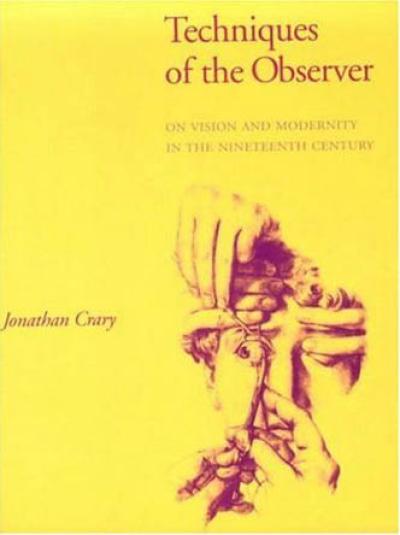
Raw Concrete. The Beauty of Brutalism
The raw concrete buildings of the 1960s constitute the greatest flowering of architecture the world has ever seen. The biggest construction boom in history promoted unprecedented technological innovation and an explosion of competitive creativity amongst architects, engineers and concrete-workers. The Brutalist style was the result.
Today, after several decades in the shadows, attitudes towards Brutalism are slowly changing, but it is a movement that is still overlooked, and grossly underrated.
Raw Concrete overturns the perception of Brutalist buildings as the penny-pinching, utilitarian products of dutiful social concern. Instead it looks a little closer, uncovering the luxuriously skilled craft and daring engineering with which the best buildings of the 1960s came into being: magnificent architectural visions serving clients rich and poor, radical and conservative.
Beginning in a tiny hermitage on the remote north Scottish coast, and ending up backstage at the National Theatre, Raw Concrete embarks on a wide-ranging journey through Britain over the past sixty years, stopping to examine how eight extraordinary buildings were made – from commission to construction – why they have been so vilified, and why they are beginning to be loved. In it, Barnabas Calder puts forward a powerful case: Brutalism is the best architecture there has ever been, and perhaps the best there ever will be.
Pressestimmen
"The best introduction to this most exciting and visceral period of British architecture – a learned and passionate book." (Simon Bradley, author of The Railways)
"Part history, part aesthetic autobiography, wholly engaging and liable to convince those procrastinators sitting (uncomfortably) on the concrete fence." (Jonathan Meades)
"A compelling and evocative read, one that is meticulously researched, and filled with insight and passion. Through Barnabas Calder’s personal narrative we gain a deep understanding and appreciation of a tough subject." (Kate Goodwin, Head of Architecture, Royal Academy of Arts)
"A fascinating odyssey through Britain's Brutalist landscape. The journey is sometimes breathtaking, but always insightful and informed. By its end, we understand the complexity, skill, and vision, as well as the politics, that created the buildings he explores in such loving detail." (Elizabeth Darling, author of Re-Forming Britain)
"Barnabas Calder is a self-outed lover of concrete, a man who doesn’t visit buildings but makes “pilgrimages”. He holds back on neither his praise for the objects of his passion, nor his wrath against those who threaten them. Buy this excellent book, read it and go out and hug your nearest lofty edifice in concrete and glass!" (Neil Baxter, The Royal Incorporation of Architects in Scotland)
"This engrossing book by a fellow self-confessed concrete lover is both a witty travelogue and memoir and the clear-sighted history of Brutalist buildings. Barnabas Calder relishes the craftsmanship, the financial back stories, and the aims and ambitions of a diverse generation of architects, whose works deserve our sympathy." (Catherine Croft, Director, Twentieth Century Society)
"This celebration of all things concrete will please both its aficionados and those who find it hard to love … Calder’s distinctive approach is a combination of scholarliness with personal association … An engaging and accessible guide for those drawn towards these ex-monstrosities." (The Observer, 'New Review')
"Calder provides the ideal eye-opening introduction for the curious general reader. It deserves a large audience … This is a charmingly personal book, authoritatively knowledgeable and spikily argumentative." (Literary Review)
"This is a strongly-argued and at times refreshingly polemical book, one guaranteed to change your opinion of an ambitious and much-maligned architectural style that, like it or not, has had a profound effect on our built environment." (The National)
"Calder’s book is the very antithesis of the recent glut of coffee-table-style, #brutalism, which focus primarily on appearance. By adopting a personal perspective, he humanises what is often demonised as an alienating material." (Blueprint Magazine)
"An excellent – and highly readable – guide … If you’re interested in Brutalism as architecture and construction practice, if you’re interested in its meaning and its context, buy this book." (Municipial Dreams)
